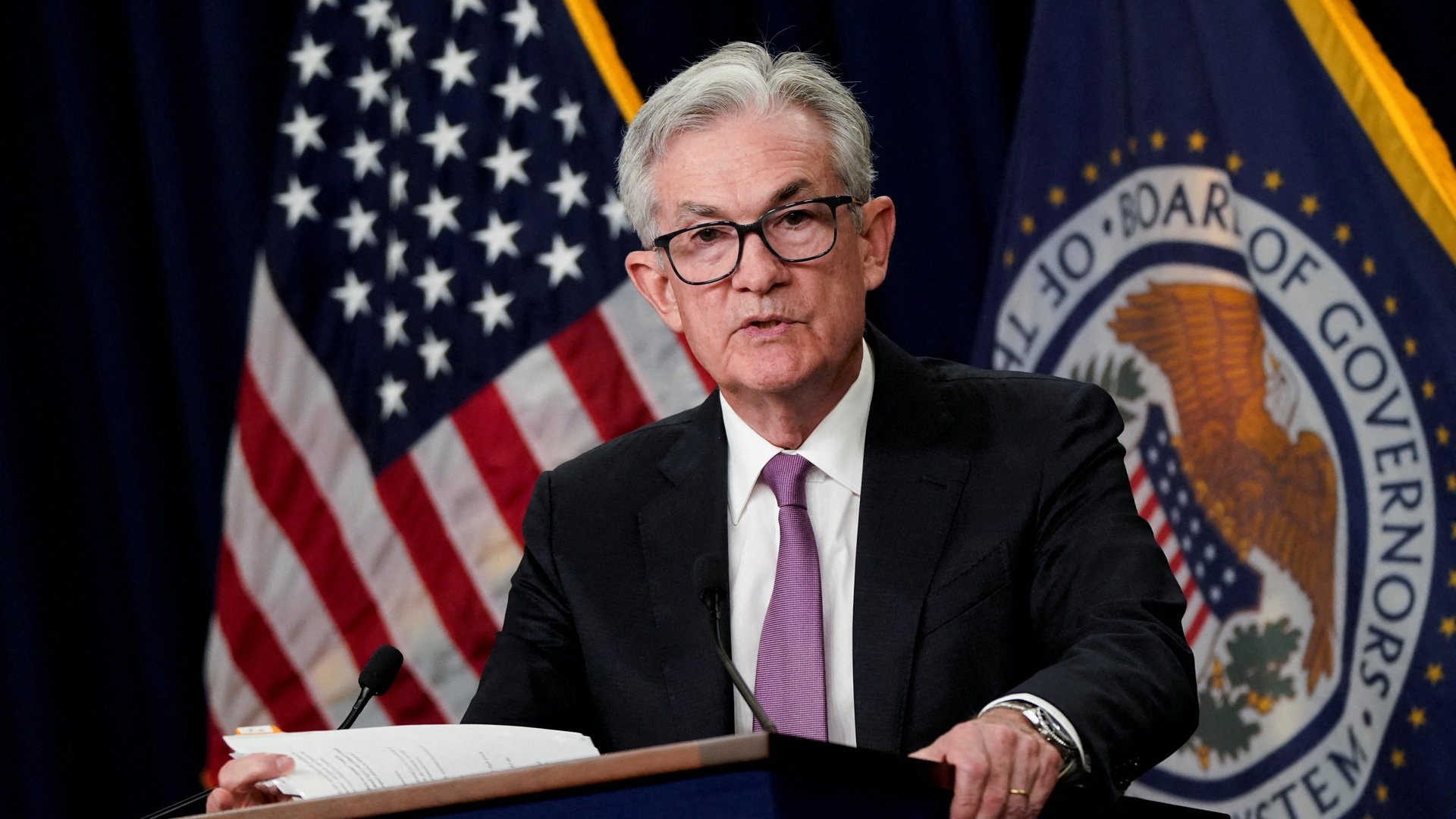Where is inflation headed? An assessment of the US economy in emojis
The US economy is heating up in some areas, while others are poised to cool down.

The US Federal Reserve hiked interest rates by another 75 basis points on Wednesday.
The reasoning behind the abnormally large hike, according to comments from Fed chair Jerome Powell, is that it will take a while to squash inflation, which remains near record highs despite the central bank’s tightening efforts.
But while it’s easy to remember prices are still rising—a trip to the grocery store will take care of that—it’s harder to keep track of all the other indicators policymakers are watching to gauge where the economy is heading.
We’ve put together a short emoji guide to help you visualize what parts of the economy are heating up or cooling off. Our scale goes from boiling to freezing, and in between: 😡🥵😰🥶
😡 Overall consumer prices
Consumer prices rose by 8.3% in August compared with the same period last year. That rate is just under a 40-year high, but slower than in the previous two months. Meanwhile, CPI was flat on the month in July and moved up by 0.1% in August, mostly because of declining gas prices. In their quarterly projections, Fed officials now see their preferred inflation gauge, the personal consumption expenditure index, ending 2022 at an annual rate of 5.4%, up from the 5.2% they forecast back in June.
🥵 Jobs
The labor market is not as strong as it was over the summer, but it’s still hot. The US added 315,000 jobs in August, while US employers posted 200,000 more job openings in the same month. Meanwhile, a survey put together by executive outplacement firm Challenger, Grey, & Christmas shows that job cuts slowed down in August, while employers’ plans to hire increased by 65%.
😰 Rents
Rents have been increasing at a slower pace for the past few months and even declined by one measure. As home values slip further and mortgage rates climb higher, more sellers are likely to put up their homes to rent. Unfortunately, it’s going to take a while for these declines to show up in the CPI.
😰 Import prices
Declining oil prices along with a stronger dollar pushed down import prices for the second month in a row in August. Food commodity prices also dropped for the fifth month in a row in September, which should eventually show up in lower grocery store prices.
😰 Retail sales
Americans are cutting back on spending. In July retail sales dropped, while sales in August rose by just 0.3%.
🥶 Labor force participation rate
The unemployment rate moved up to 3.7% from 3.5% in August as more people started looking for work. (The Fed is predicting the unemployment rate will go up slightly, to 3.8%, by the end of the year.) This lowered average wages in the US because workers entering the workforce generally get paid less than those who have been working for a long time.
That should help with inflation. The more people who have a job, the more goods and services the US can produce, and the cheaper those items will cost.
🥶 Manufacturing
Manufacturing measures show the sector is headed for a contraction, while input prices for factories are decreasing.
